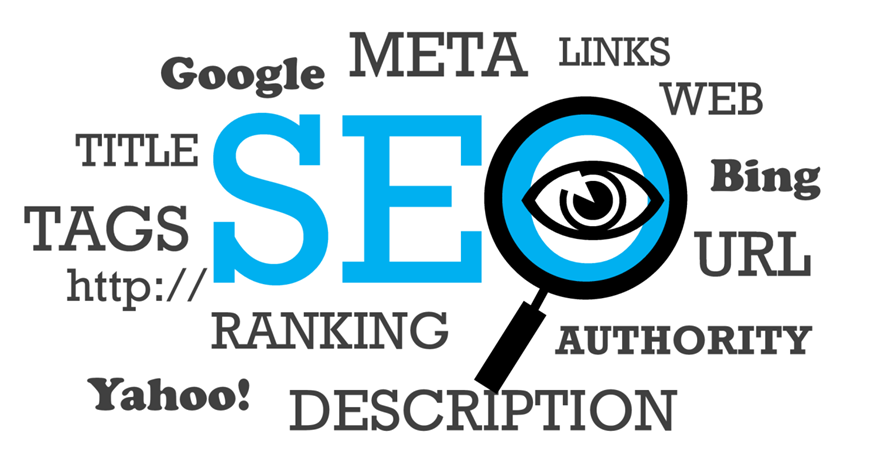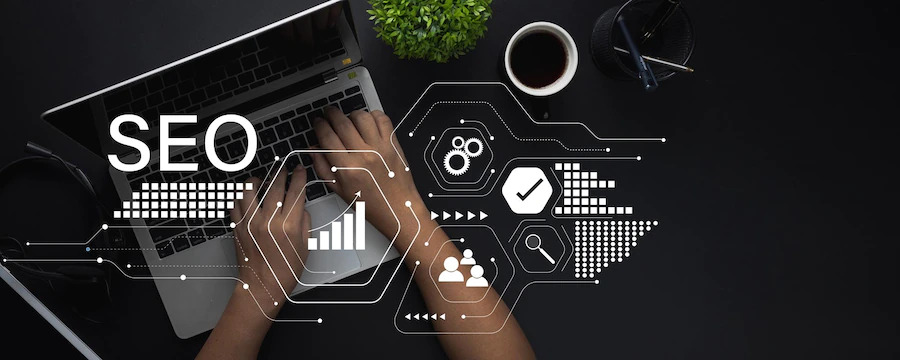Are you looking to boost your SEO score and improve rankings? Images are an often overlooked facet that can have a marked impact. All you need to do is know a few simple hacks to get your images fully optimized.
From file formats to naming images, we can give you the low down. Read our must-know guide on images for SEO below.
1. Select the Correct Format
There are file formats in which to use images, and each of them has both drawbacks and benefits. The main ones are jpeg, png, and gif. Generally, if you want pictures that have animation a gif is the best way to go, with the other reserved for static pictures.
PNG should be used for large color palettes and images with high resolution. For low-resolution images, use a jpeg and experiment with the settings. There are lots of free conversion tools online, so if you find more complex file types such as heic, you can convert heic to jpg easily.
2. Naming Images for SEO Properly
Make sure that the name of your file has a descriptive name when you upload it. This does not just mean in the caption or alt text but in the actual file name itself. Even this helps Google and other search engines identify and categorize it.
Once you do this, it will be more likely to appear in image searches. This means that when people do click it, it will direct them to your website resulting in more traffic. When naming image files, always remember to separate words with dashes and do not use underscores.
3. Decrease the File Size
There are a number of ways you can reduce the image file size. Taking down the visual quality is the easiest, and very often can have little impact on the overall look of the image. Another strategy is to reduce the display dimensions.
Decreased file sizes will allow the image to load faster. This will minimize lag or remove it altogether. This in turn will increase the chances of a user clicking it and coming to your website.
4. Scale Images
If your website is not responsive, then you should consider scaling your images. This can be done when you upload them and have the option to resize. Letting CSS resize them can result in undesirable effects and slow down image processing.
Save your images at the sizes you want them to be. Try to minify the images using Gzip compression, to help speed up their delivery. You can also reduce the bit depth to a smaller color palette or try cropping the white spaces from the edges.
5. Use Sitemaps
A sitemap is a very useful tool that helps search engines understand your website. It does exactly as you may suspect, and tells them what is on your website and where it can be found. When search engines index your site, they will use a sitemap to do it.
As images can have locations, captions, and other details added, a sitemap is a way to communicate this information to them. Search engines may not index your image as you would expect them to. Sitemaps are a way to instruct them on how to do it correctly.
6. Host Images on a Content Delivery Network
A content delivery network (CDN) houses your information on different servers across the world, in this case, your images. The benefit of this is that if someone visits your website from a part of the world that is distant from the server, then delivering that information can take a long time. A CDN negates this by placing multiple servers at different spots.
For example, if someone in Europe visits your US-based website, they may previously have had to get information from a US server. With a CDN, then will get if from one in Europe, speeding up the process. You can set this up easily using websites such as Cloudflare or install WordPress plugins to do it for you.
7. Leverage Caching
Browser caching can increase the delivery speed of your whole website, not just the images. It works by storing any files on a visitor’s browser. When they visit the page again, the reload time is improved as they do not need to retrieve all the information.
If users use the same page a lot, browser caching is particularly helpful. Images that have been downloaded in the browser and stored in the background do not have to be downloaded again. A faster load time for users increases your SEO rating, meaning you will rank higher in searches.
8. Improve Whole Site SEO
The image is just one part of a larger picture, and this is your whole website. You can optimize images to perfection, but if the rest of your website is not up to SEO standard, it will still fail to rank. While this may be a daunting task, it will pay dividends once the traffic starts to roll in.
Once Google and other search engines see your site as a valuable place to send traffic, they will deliver free, organic traffic to your website. Always bear in mind that Google looks for fresh content, so you need to keep the site updated with new articles and blogs as well as images to ensure maximum efficiency.
Selecting Correct Images
Of course, one of the most important factors is choosing the right images for SEO. Consider the competition an image may face, and think about how you can provide unique content just as you would with any other content on your site.
If you enjoyed our handy article, then visit the rest of our blogs. We have helpful articles on everything from technology to finance. Let us guide you as you build your online business and optimize your website!






